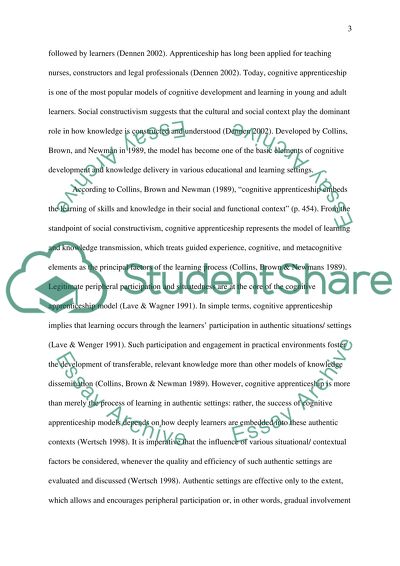Cite this document
(“What are the strengths and limitations of viewing learning as Essay”, n.d.)
Retrieved from https://studentshare.org/education/1405059-what-are-the-strengths-and-limitations-of-viewing
Retrieved from https://studentshare.org/education/1405059-what-are-the-strengths-and-limitations-of-viewing
(What Are the Strengths and Limitations of Viewing Learning As Essay)
https://studentshare.org/education/1405059-what-are-the-strengths-and-limitations-of-viewing.
https://studentshare.org/education/1405059-what-are-the-strengths-and-limitations-of-viewing.
“What Are the Strengths and Limitations of Viewing Learning As Essay”, n.d. https://studentshare.org/education/1405059-what-are-the-strengths-and-limitations-of-viewing.


